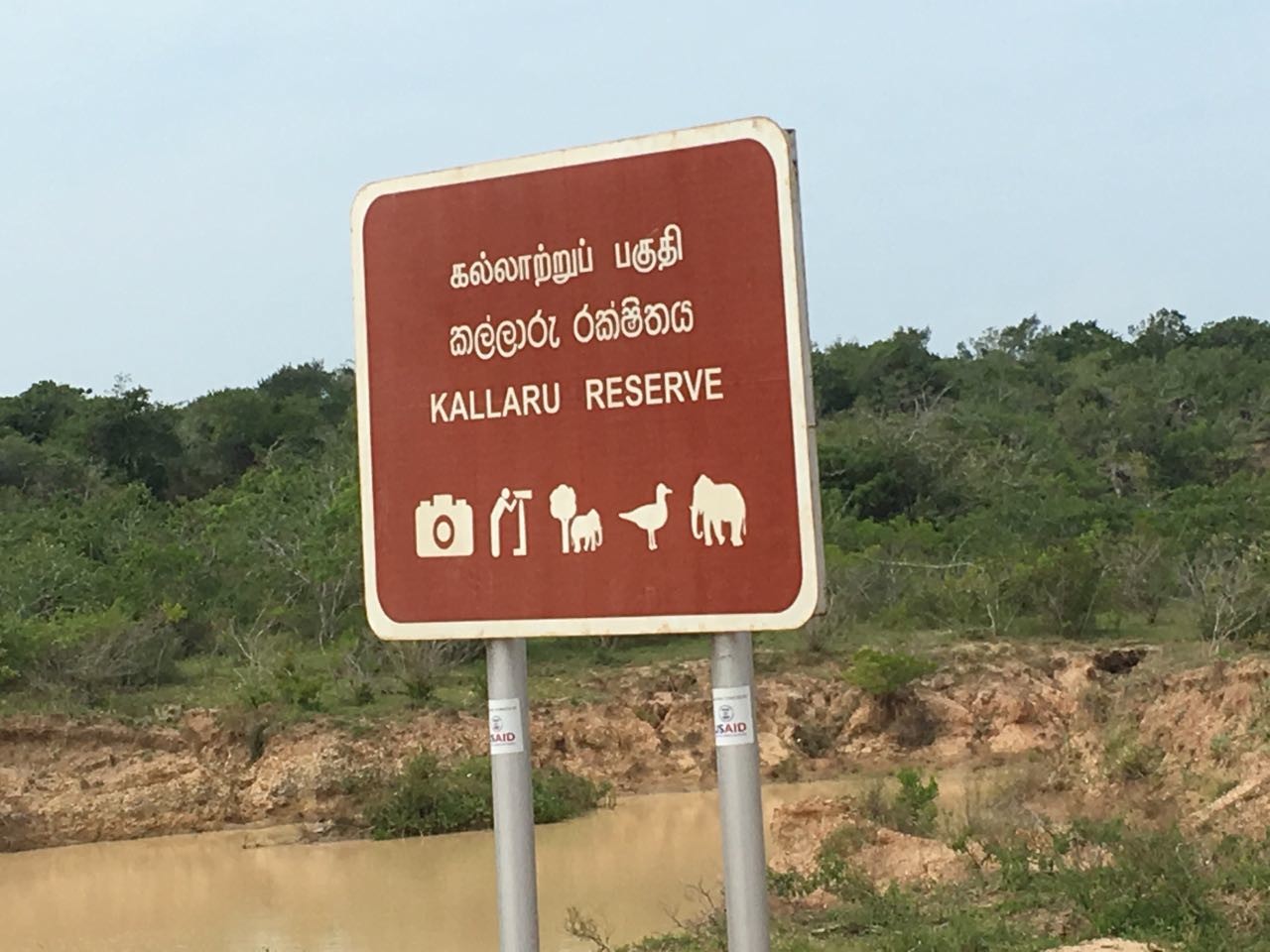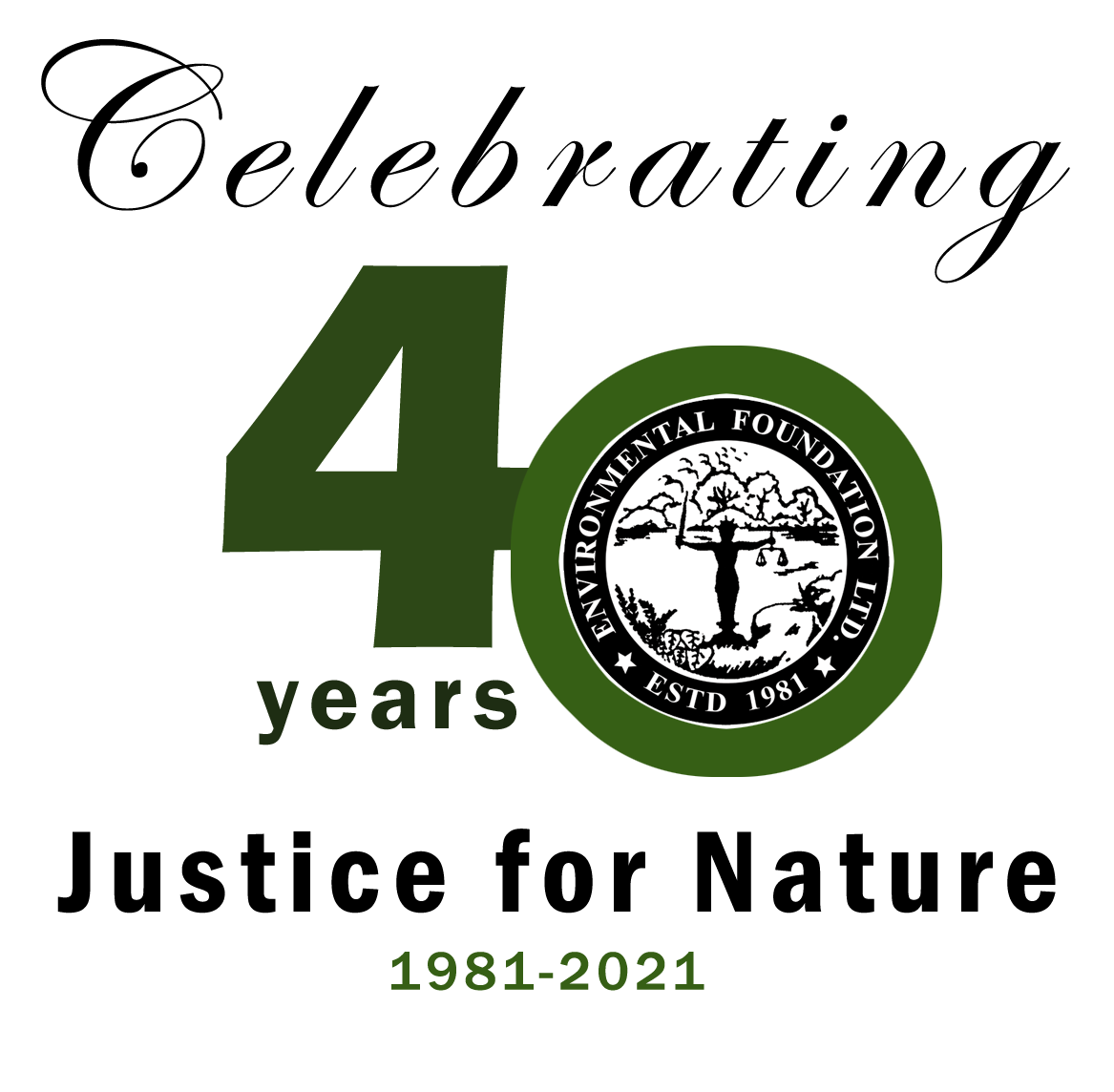Category:Forestry & Biodiversity, Interventions

While Wilpattu National Park is renowned as the largest national park in Sri Lanka, drawing both foreign and local tourists since its reopening in 2010, it is but one of 9 Protected Forest Reserves that make up the Wilpattu Forest Complex. These 9 protected reserves feature a mosaic of forest ecosystems, including dry deciduous forests, thorny scrub jungle, grasslands, wetlands and coastal villus, all of which form a contiguous flourishing habitat for large mammals such leopards, elephants, sloth bears as well as diverse species of bird and reptile.
Illegal deforestation occurring since as early as 2009, threatens three forest reserves, north of Wilpattu National Park; Vilaththimulam, Maraichukkaddi/ Karadikkuli (Kallaru), and Periyamurippu Reserved Forests which were declared as Forest Reserves in 2012. Forest land was cleared with the purpose of establishing housing schemes for internally displaced persons in the wake of the war, and the subsequent encroachment of settlements into Forest Reserves was enabled by the construction of the illegal road through Wilpattu National Park. The deforestation began in 2012 in the Kallaru Forest Reserve and extended to the Vilaththimulam Forest Reserve in 2014, with construction activities having recently escalated within this particular protected forest reserve.
During site visits conducted by EFL on the 26th December and 13th January, the presence of permanent settlements within the forest reserves of Vilaththimulam, Maraichukkaddi/Karadikkuli (Kallaru) was confirmed. These settlements were observed to be on either side of the road, within clearly demarcated Forest Department boundaries. In the Vilaththikulam Forest Reserve, housing schemes with houses in various stages of construction were observed, along with electricity lines extending deep into the forest. While building supplies appear to be transported along a network of makeshift roads in these settlements, a carpet laying machine that was observed at Potkerny shows that an internal road network is to be completed. Houses were observed, usually within 50 meters of each other, however, the settlements were sparsely populated with houses seldom occupied.
While aerial and satellite imagery of the cleared lands since 1984, shows an absence of settlements in these forests, it is imperative to note that as gazetted Forest Reserves, these forests are afforded protection under the Forest Ordinance. The deforestation taking place in the Kallaru, Vilaththimulam and Maraichukkkaddi Reserves is a violation of Forest Ordinance regulations, (Section 7(1)) which prohibit illegal felling of trees, breaking of soil for permanent or temporary structures, and the construction of roads. Provisions set forward in the National Environmental Act No. 47 of 1980, require activities that involve of conversion of forests exceeding an area of 1 hectare, and activities within 100m from the boundaries of or within any area declared under the Forest Ordinance, to be subject to an Environmental Impact Assessment. As the reserves in which forest clearing is taking place in and around have not been de-gazetted, and as no Environmental Impact Assessment has been conducted, the construction of settlements has failed to follow due process and is a violation of the primary laws that exist for the protection and conservation of our natural resources.










